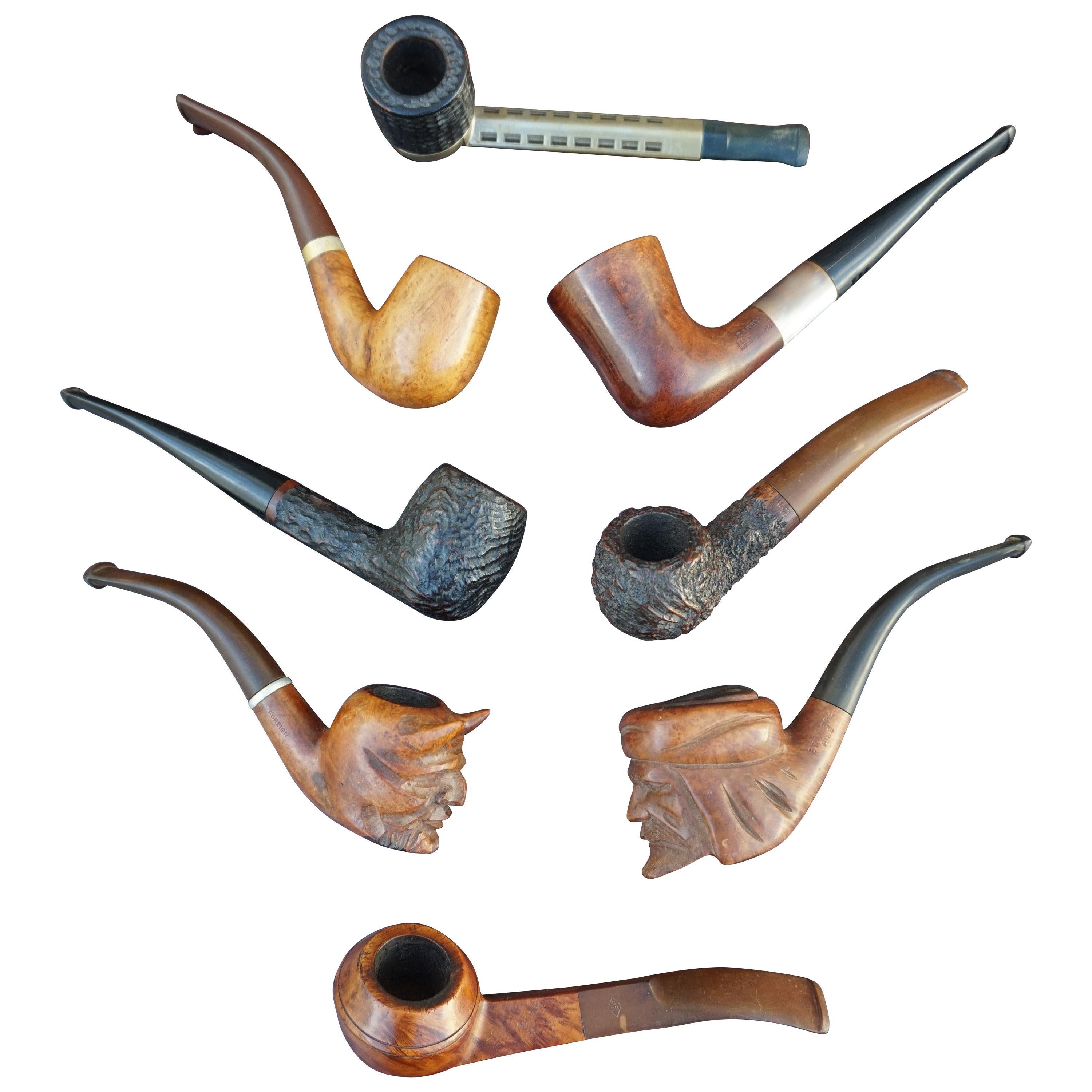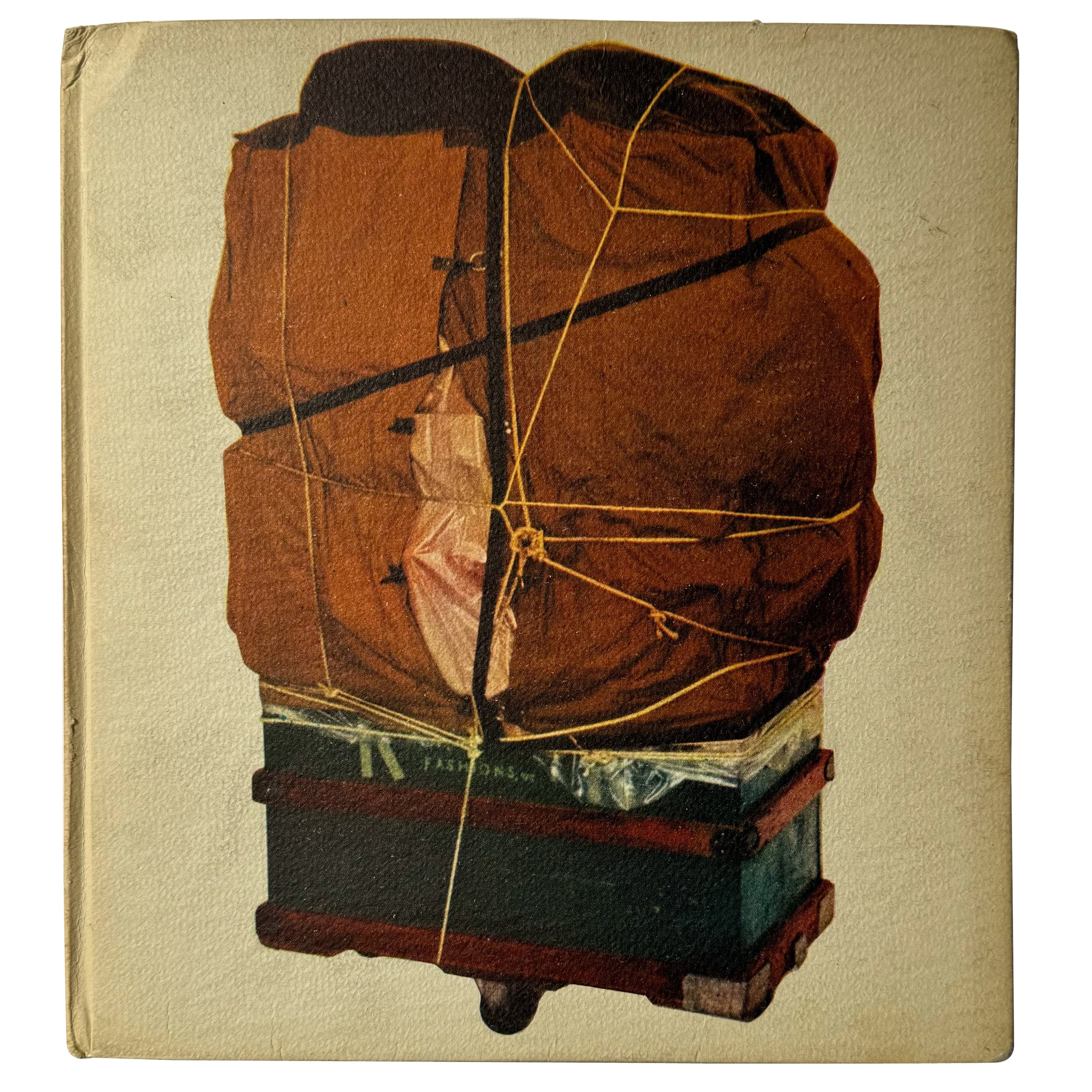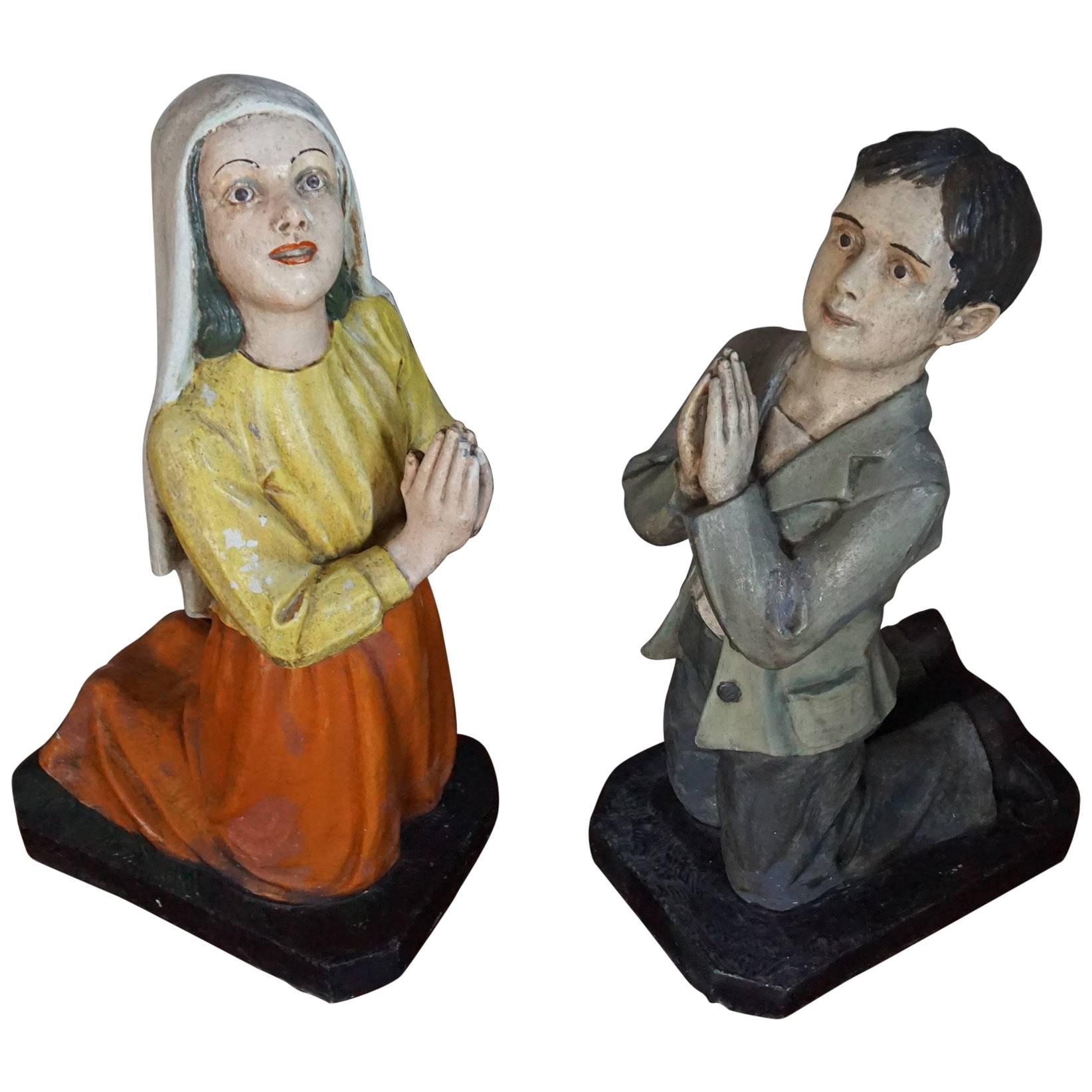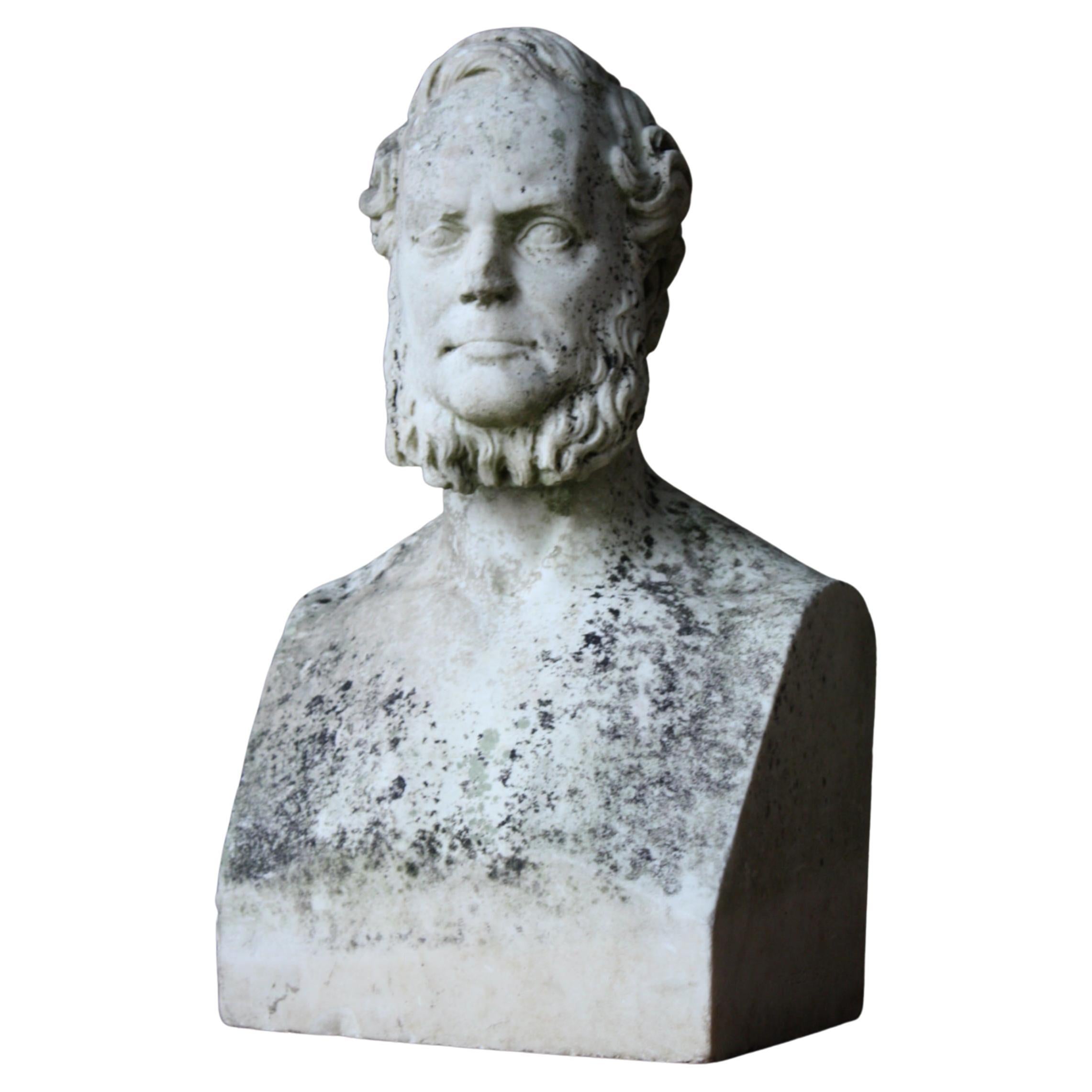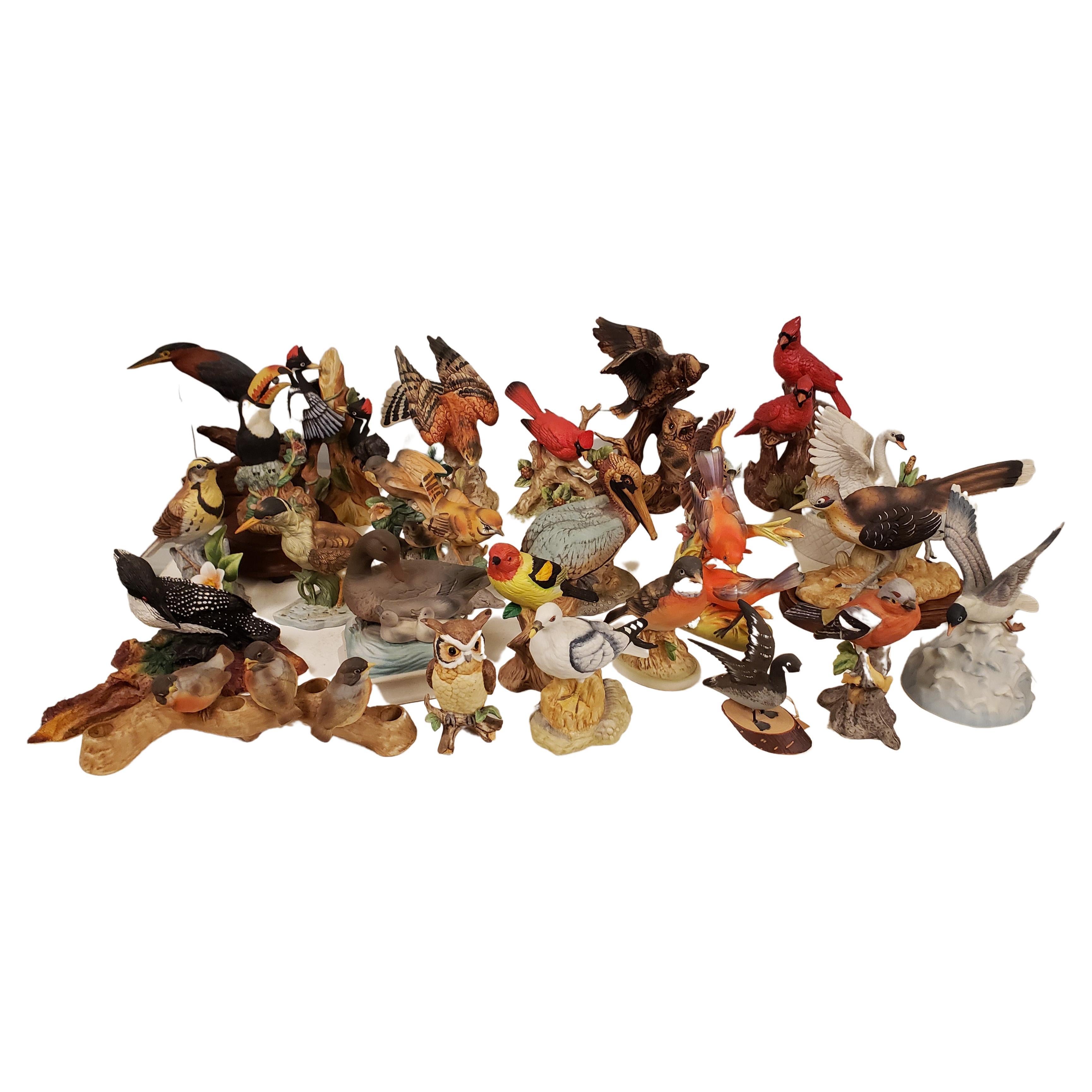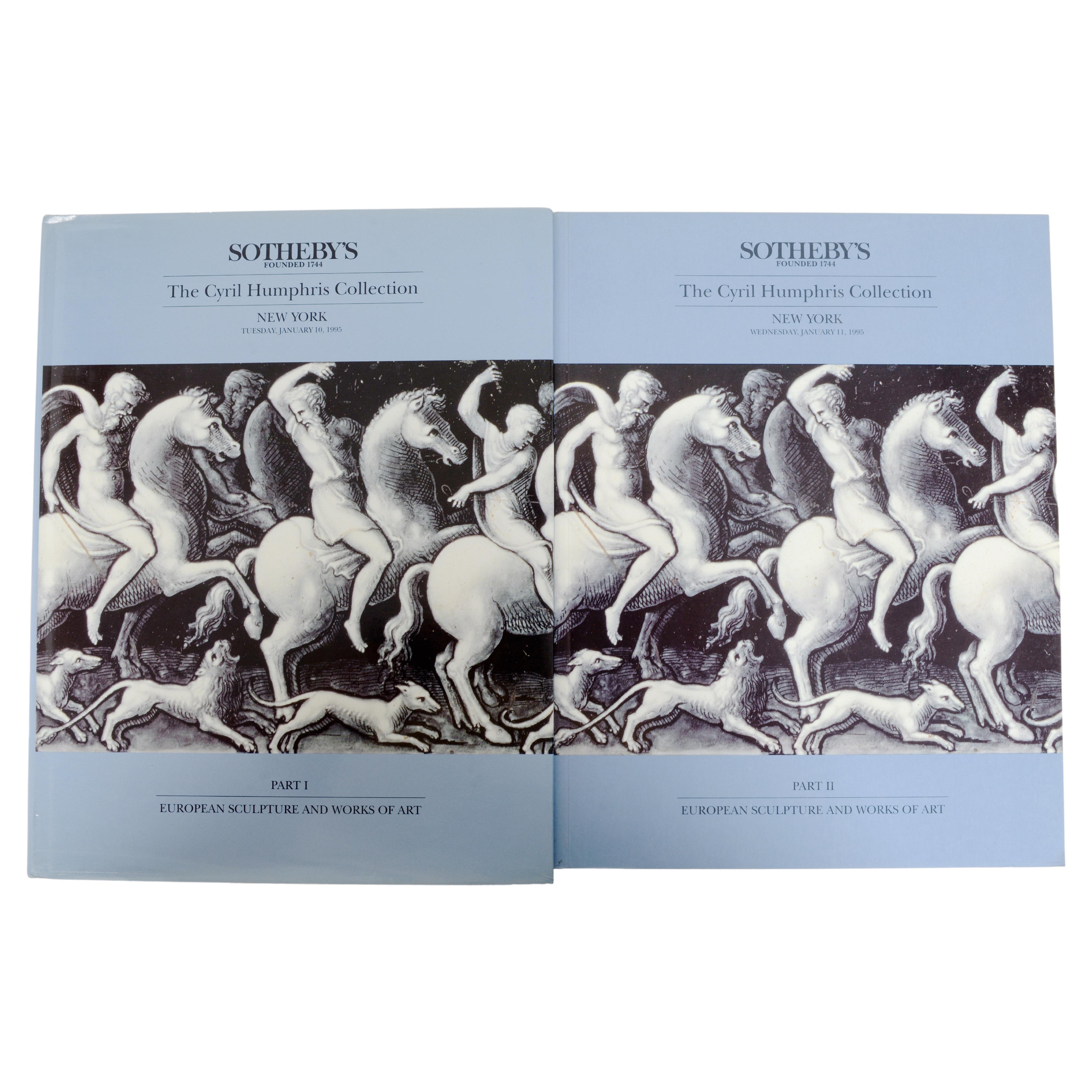Christo and More SMS A Collection of Multiples 'William N. Copley, 1968'
About the Item
- Creator:
- Dimensions:Height: 1 in (2.54 cm)Width: 7 in (17.78 cm)Depth: 11 in (27.94 cm)
- Sold As:Set of 6
- Style:Mid-Century Modern (Of the Period)
- Materials and Techniques:
- Place of Origin:
- Period:
- Date of Manufacture:1968
- Condition:Wear consistent with age and use.
- Seller Location:Chicago, IL
- Reference Number:
Christo and Jeanne-Claude
Motivated solely by a mission to spread joy and celebrate beauty through their work, Christo and Jeanne-Claude (1935–2020; 1935–2009) created riveting large-scale public art installations that pushed ephemeral art to an entirely unprecedented new level. While the pair created prints, photography and a range of other types of art, they’re best known for their installations — working with a combination of textiles and industrial materials, Christo and Jeanne-Claude created colossal site-specific sculptures and other projects that frequently included wrapping monuments, walkways and even coastlines in reams of fabric in order to draw attention and encourage viewers to experience familiar objects and places in entirely new ways.
Christo and Jeanne-Claude frequently incorporated nature’s forces into their works, creating billowing fence lines, enormous inflatable free-standing structures and colorful floating walkways. Partners in life and art, the pair designed installations that often took years or even decades to realize and lasted for only days or weeks. Christo and Jeanne-Claude’s preparatory works and detailed drawings and collages are today a testament to their intricate ephemeral masterpieces and legacy.
Christo and Jeanne-Claude’s stories, incredibly, began on the exact same day — on June 13, 1935, Christo Vladimirov Javacheff was born in Gabrovo, Bulgaria, and on the very same day in Casablanca, Morocco, Jeanne-Claude Denat de Guillebon was born. While Jeanne-Claude received a broad education and a baccalauréat in Latin and philosophy, growing up in France, Switzerland, Morocco and Tunisia, Christo studied art from the age of six years old. He went on to study painting, drawing, architecture and sculpture at the National Academy of Art in Sofia before leaving Bulgaria to escape the Hungarian Revolution.
Christo spent time in Prague before a brief stint at the Vienna Academy of Fine Arts, moving on then to Geneva and ultimately France. He made money by painting portraits for wealthy families. After being hired by Jeanne-Claude’s mother to paint three portraits of her, Christo met his future wife and collaborator. The pair created their first environmental installation, Dockside Packages and Stacked Oil Barrels, in 1961.
Together, Christo and Jeanne-Claude pursued increasingly ambitious projects, proposing to wrap everything from trees in Wrapped Trees, Foundation Beyeler and Berower Park, Riehen, Switzerland, 1997-98 to important public buildings including the Wrapped Reichstag, Berlin, 1971–95. They also created free-standing abstract sculptures such as the 5,600 Cubicmeter Package, billowing curtains such as Valley Curtain, Rifle, Colorado, 1970–72, and proposed installations in locations as far-flung as Dubai and Japan. These projects and others have been linked to the Pop art-adjacent nouveau réalisme movement.
Classically trained in drawing, Christo created preparatory sketches and collages for the projects, selling his artwork to independently fund the monumental temporary installations the pair erected. Meanwhile, Jeanne-Claude advocated for the pair’s artwork, speaking at public forums, sending proposals to municipal governments, and using her unique combination of compelling charm and stoic stubbornness to get their projects approved.
Devoted to their ideals of spreading joy and beauty, the pair accepted no commissions or commercial collaborations — all their installations were funded purely by the sale of their preparatory art. The last of their realized urban works, that 2005 project invited New Yorkers to go for a glorious walk through 7,503 saffron-fabric-draped portals along the pathways of Central Park. More than 4 million people did.
Christo’s wrapped sculptures, which he began making early in his career, as well as his preparatory works, are held in the permanent collections of museums and other institutions including the Smithsonian American Art Museum, the National Gallery of Art, the Museum of Contemporary Art and the Centre Pompidou. Jeanne-Claude died in 2009, and Christo continued to realize the pair’s planned projects until his own passing in 2020.
Find original Christo and Jeanne-Claude photography, mixed media works, sculptures and prints on 1stDibs.
Roy Lichtenstein
Roy Lichtenstein is one of the principal figures of the American Pop art movement, along with Andy Warhol, James Rosenquist, Claes Oldenburg and Robert Rauschenberg.
Drawing inspiration from comic strips, Lichtenstein appropriated techniques commercial printing in his paintings, introducing a vernacular sensibility to the visual landscape of contemporary art. He employed visual elements such as the halftone dots that comprise a printed image, and a comic-inspired use of primary colors gave his paintings their signature “Pop” palette.
Born and raised in New York City, Lichtenstein enjoyed Manhattan’s myriad cultural offerings and comic books in equal measure. He began painting seriously as a teenager, studying watercolor painting at the Parsons School of Design in the late 1930s, and later at the Art Students League, where he worked with American realist painter Reginald Marsh. He began his undergraduate education at Ohio State University in 1940, and after a three-year stint in the United States Army during World War II, he completed his bachelor’s degree and then his master’s in fine arts. The roots of Lichtenstein’s interest in the convergence of high art and popular culture are evident even in his early years in Cleveland, where in the late 1940s, he taught at Ohio State, designed window displays for a department store and painted his own pieces.
Working at the height of the Abstract Expressionist movement in the 1950s, Lichtenstein deliberately eschewed the sort of painting that was held in high esteem by the art world and chose instead to explore the visual world of print advertising and comics. This gesture of recontextualizing a lowbrow image by importing it into a fine-art context would become a trademark of Lichtenstein’s artistic style, as well as a vehicle for his critique of the concept of good taste. His 1963 painting Whaam! confronts the viewer with an impact scene from a 1962-era issue of DC Comics’ All American Men of War. Isolated from its larger context, this image combines the playful lettering and brightly colored illustration of the original comic with a darker message about military conflict at the height of the Cold War. Crying Girl from the same year featured another of Lichtenstein’s motifs — a woman in distress, depicted with a mixture of drama and deadpan humor. His work gained a wider audience by creating a comic-inspired mural for the New York State Pavilion of the 1964 World's Fair, he went on to be represented by legendary New York gallerist Leo Castelli for 30 years.
In the 1970s and ’80s, Lichtenstein experimented with abstraction and began exploring basic elements of painting, as in this 1989 work Brushstroke Contest. In addition to paintings in which the brushstroke itself became the central subject, in 1984 he created a large-scale sculpture called Brushstrokes in Flight for the Port Columbus International Airport in Ohio. Still Life with Windmill from 1974 and the triptych Cow Going Abstract from 1982 both demonstrate a break from his earlier works where the subjects were derived from existing imagery. Here, Lichtenstein paints subjects more in line with the norms of art history — a pastoral scene and a still life — but he has translated their compositions into his signature graphic style, in which visual elements of printed comics are still a defining feature.
Lichtenstein’s work is represented in the collections of the Metropolitan Museum of Art, the Museum of Modern Art, Tate Modern, and many others. He was awarded National Medal of Arts in 1995, two years before he passed away.
Find a collection of Roy Lichtenstein prints, drawings and more on 1stDibs.
- ShippingRetrieving quote...Ships From: Chicago, IL
- Return PolicyA return for this item may be initiated within 1 day of delivery.
- Christo and Jeanne-Claude and Christo Signed in Christo in Crayon LithographBy Christo and Jeanne-ClaudeLocated in Chicago, ILChristo and Jeanne-Claude and Christo Signed in Christo in Crayon Lithograph: This work shows conceptual project; over the river is a two-week temporary...Category
1990s North American Organic Modern Contemporary Art
MaterialsPaper
- Arnaldo Pomodoro, Sculpture, 1960-1970By Arnaldo PomodoroLocated in Chicago, ILArnaldo Pomodoro House of Cards by ; 18 die-cut interlockable cards, notched on all sides that can be arranged into many ways to create your own Pomodoro sculpture. Cards are lettered from A-X. Cards for the first half of the alphabet have B/W photos of Pomodoro sculptures on one side, backed by text on silver background: "An Exchange of Letters: Arnaldo Pomodor and Tom L...Category
Vintage 1970s American Mid-Century Modern Books
MaterialsPaper
- Harry Bertoia Hanging Willow Chandelier, 1968By Harry BertoiaLocated in Chicago, ILHarry Bertoia Hanging Willow chandelier, 1968. Abundant stainless steel strands reminiscent to a willow tree surround a cylindrical housing with uplighting functions creating a dramatic defusing effect spreading light...Category
Vintage 1960s American Mid-Century Modern Chandeliers and Pendants
MaterialsStainless Steel
- Set of Linda Kramer Ceramic ChairsBy Linda KramerLocated in Chicago, ILSet of five ceramic chairs sculpture by Chicago based artist Linda Kramer. Measures: Chair heights: 5.5", 7.5", 10.25", 14.5", 19.5" Born in New York City in 1937, raised in C...Category
Vintage 1970s American Mid-Century Modern Figurative Sculptures
MaterialsCeramic
- Brutalist Bell in the Manner of Paul EvansBy Paul EvansLocated in Chicago, ILThis sculptural unique bell is a great art object, hand-hammered metal with welded aluminum handle, this is a unique piece.Category
Vintage 1960s American Brutalist Collectibles and Curiosities
MaterialsAluminum, Metal
- Simon Kops set of Brass Minimalist Animal SculpturesLocated in Chicago, ILSimon Kops set of Solid Brass Minimalist Animal Sculptures; Hand made Giraffe, Duck and Horse Signed underside of each, Simon Kops Giraffe 7.50" high X 5" l...Category
Vintage 1940s American Animal Sculptures
MaterialsBrass
- Vintage Hand Carved Pipe Collection Devil & Arab Sculptures and More Rare PipesLocated in Lisse, NLA fine group of different styles and beautifully handcrafted vintage pipes for the collectors. If you are a collector of rare pipes and looking for a good deal then this group of ei...Category
20th Century European Tobacco Accessories
MaterialsWood
- Christo Monograph (Inscribed)By Christo and Jeanne-ClaudeLocated in New York, NYMonograph on the work of Bulgarian/American environmental and monumental artist Christo (1935-2009), published in 1965 or 1966—shortly after his arrival in New York City— by Edizion...Category
Vintage 1960s Italian Modern Books
MaterialsPaper
- Devotional Statues / Religious Sculptures of St. Francisco de Jesus Marto & MoreLocated in Lisse, NLAntique and extremely rare Christian sculptures with maker's marks. These highly collectible devotional sculptures date from the early 1900s and they are both marked on the back. Be...Category
Early 20th Century European Religious Items
MaterialsCement
- William Theed the Younger 1804-91 Marble Bust of William Ewart Gladstone 1868Located in Lowestoft, GBA very finely carved marble bust of William Ewart Gladstone dated 1868 and signed W.Theed SC William Theed was born in Staffordshire, his father, William Theed the elder being a sculptor and a craftsman at Wedgwood, known for his major work, Hercules and the Thracian Horses for one frontage of the Buckingham Palace complex. The younger Theed studied at the Royal Academy Schools, then worked for the sculptor E. H. Baily. Five years on, in 1826, he went to Rome, where he was to stay a total of 22 years, during that time working in the studios of Thorwaldson and John Gibson. Returning to London in 1848, Theed enjoyed a good reputation, being a favoured sculptor of Queen Victoria, and was commissioned to produce many portrait statues, busts, and large monuments. He showed work in the 1851 Great Exhibition, and among other high points were a group for the Albert Memorial, and five standing figures on the Inland Revenue side of Somerset House, representing Manchester, Edinburgh, Glasgow, Belfast and Dublin. Theed's statues may be seen in St Paul's (Henry Hallam), Manchester (Monument to Chetham in the Cathedral, Gladstone and Thomas Bright for the Town Hall, and James Watt in Piccadilly Gardens), Huddersfield (Robert Peel), Winchester (David Williams monument in the Cathedral), and Prince Albert statues for Grimsby, and in Australia in Macquairie Street, Sydney. He was also responsible for three of the portrait statues (Bacon, Locke, Adam Smith...Category
Antique 1860s English Victorian Busts
MaterialsMarble
- Birds a Collection of 25 Bird Figures and Music BoxesLocated in New York, NYA lifetime collection of birds. A set of 25 some made of porcelain some carved from wood or resin. Of the 25 of them 5 are music boxes. I actually think it's quite charming. Siz...Category
Late 20th Century Animal Sculptures
MaterialsPorcelain, Resin, Wood
- Cyril Humphris Collection of European Sculpture and Works of Art, Part I & IILocated in valatie, NYThe Cyril Humphris Collection of European sculpture and Works of Art, Part I and II. Tuesday, January 10, 1995. Sotheby's New York. Sotheby's, Humphris, the London dealer...Category
1990s American Books
MaterialsPaper
